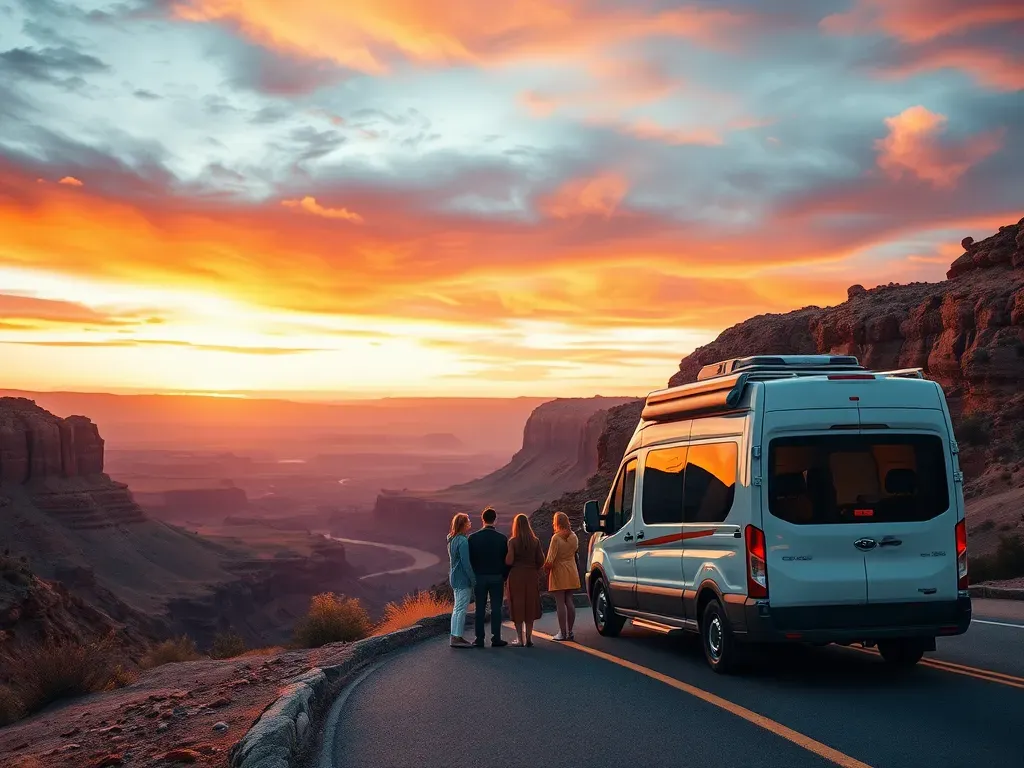Introduction: Embrace the Freedom of Two-Wheel Travel
Modern motorcycles and bikes offer a sense of liberation that few other modes of transport can match. As 2025 unfolds, the call of the open road resonates louder than ever for riders—be they daily commuters, off-road adventurers, or epic tour explorers. Nothing compares to the thrill of leaning into a turn, the wind rushing past, and the road unspooling ahead. This comprehensive guide will dive into everything you need to know about motorcycle and bike travel in 2025, from choosing the perfect machine to mastering advanced riding techniques and exploring the globe on two wheels. Why Ride in 2025?
The current era merges cutting-edge technology—lighter materials, refined engines, smart connectivity—with a culture increasingly valuing authentic experiences. Electric motorcycles are more feasible, adventure bikes are more versatile, and safety gear is more protective. Whether you’re new to riding or a seasoned biker seeking fresh frontiers, 2025 is the ideal time to discover the joy and freedom only two wheels can deliver. 1. Selecting the Perfect Motorcycle or Bike
Different Categories for Different Journeys
The first step is picking a motorcycle or bicycle that aligns with your riding style, typical routes, and personal taste. Consider these categories:
Cruisers: Perfect for relaxed highway cruises and short getaways. Long wheelbases, lower seats, and classic styling define this segment.
Sport Bikes: For speed lovers, offering high-revving engines and aerodynamic fairings. Ideal for twisty roads or track days, though less comfy for extended touring.
Touring Motorcycles: Built for long hauls. Expect plush seating, large windshields, and saddlebags to store gear. Many offer advanced infotainment systems and rider aids.
Adventure/ADV Bikes: Tall suspensions and upright ergonomics combine for off-road prowess plus comfortable highway performance. A top choice for explorers tackling diverse terrains.
Dual-Sport Bikes: Street-legal but off-road capable. Lighter than ADV bikes, well-suited to riders who occasionally veer onto dirt roads.
Electric Motorcycles: No engine roar, but instant torque and minimal maintenance. Charging infrastructure is more widespread, so longer e-bike trips are increasingly realistic.
For Bicycle Enthusiasts
1. **Road Bikes**: Lightweight frames, narrow tires, and aerodynamic geometry for pavement efficiency—perfect for fitness and speed on smooth surfaces. 2. **Mountain Bikes**: Front or full suspension to conquer rough trails, rocky descents, or forest tracks. 3. **Hybrid Bikes**: A middle ground blending road efficiency with upright geometry and thicker tires for light off-road use. 4. **Electric Bicycles**: Pedal-assisted or throttle-driven, these e-bikes allow extended range and easier climbs. 2. Essential Gear: Ride in Comfort and Safety
Protective Equipment
Safety is paramount, whether you’re zipping through city streets or riding cross-country:
Helmet: A full-face helmet offers maximal protection. Look for models with ECE or DOT certification. Modern lids often include integrated Bluetooth for navigation prompts or calls.
Jacket and Pants: Choose abrasion-resistant materials, such as leather or specialized textiles with CE-rated armor. Ventilation panels help in warm weather, while liners add insulation in cold climates.
Gloves: Reinforced knuckles, padded palms, and weather-proof features protect hands from impact, cold, or moisture.
Footwear: Motorcycle boots or cycling shoes with sturdy soles. Ankle support is critical for bikes, while clipless pedals improve pedaling efficiency on bicycles.
Comfort and Convenience
- **Earplugs**: Wind noise damages hearing during longer rides. Choose reusable plugs to reduce fatigue and preserve hearing. - **Hydration Packs**: Minimizing stops is easier if you can sip water from a backpack reservoir or handlebar-mounted bottle cage. - **Smartphone Mounts**: Keep GPS apps in view. Ensure the mount is stable and weather-resistant to avoid phone damage. Weather Adaptations
1. **Rain Gear**: Waterproof over-suits or jacket/pant combos maintain dryness and warmth in sudden downpours. 2. **Layering**: Lightweight base layers, mid layers, and external shells help adapt to shifting temperatures. 3. **Heated Grips or Seats**: On motorcycles, heating accessories stave off chill on early-morning or winter rides. 3. Mastering Core Riding Skills and Techniques
Bike Handling Basics
Whether you straddle an 800cc touring machine or pedal a gravel bike, certain fundamentals hold:
Balance and Posture: Keep your upper body relaxed, arms flexible, and core engaged. Smooth inputs produce stable, predictable handling.
Counter-Steering: On motorcycles above a certain speed, pushing the handlebar on the side you want to turn shifts the bike’s lean angle effectively.
Braking: Apply brakes progressively to avoid locking wheels. On motorcycles, the front brake provides the majority of
:
Road Trips
Roads and Routes
Motorcycles and Bikes
Camping and Outdoor Recreation
Travel Gear
Road Safety
Auto Expeditions
Truck Travel
Tourism and Hitchhiking
Auto Photography
Technical Tips
Traveler Stories
, 7000 . . title - . -
. , id 1 id, title, . 2 . . , 1 7000 . "id" ""title""
Comments
Total comments: 0
Active participants: 0
Loading comments...


Leave a Comment